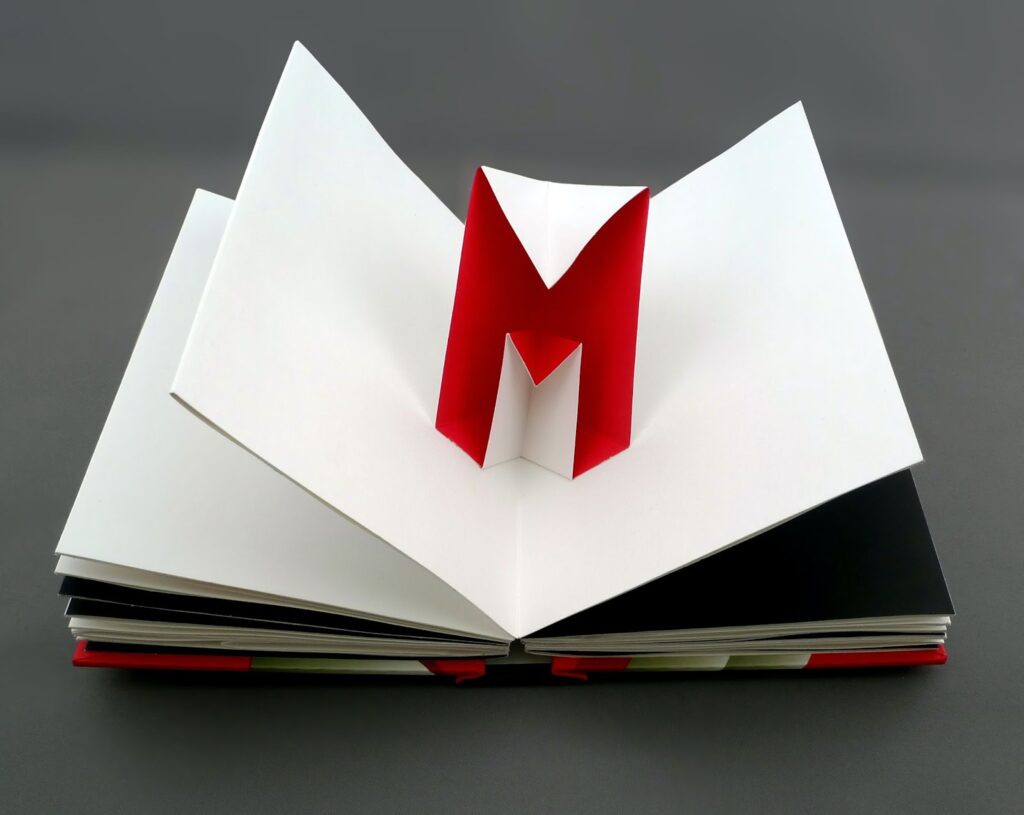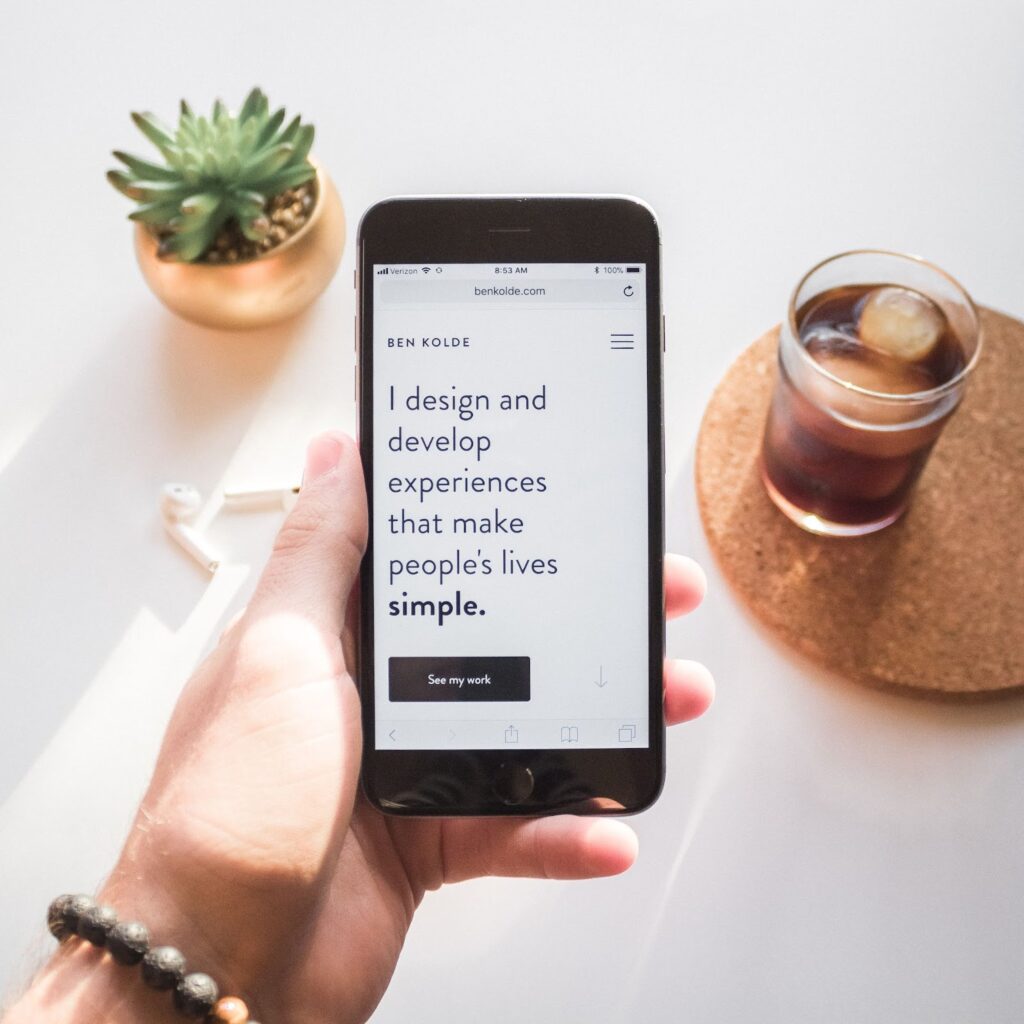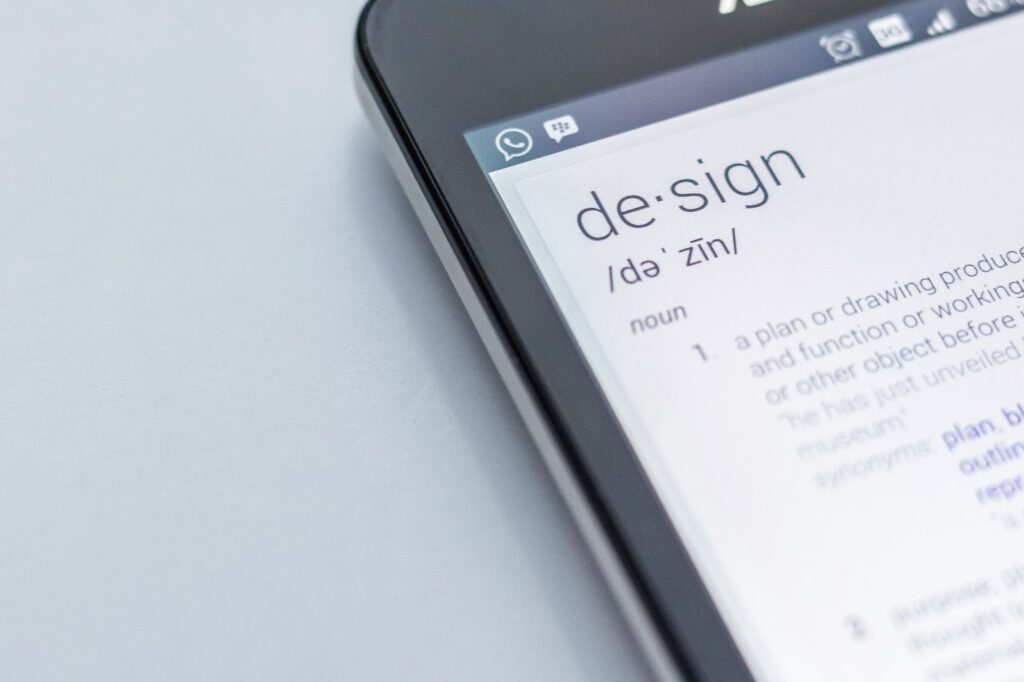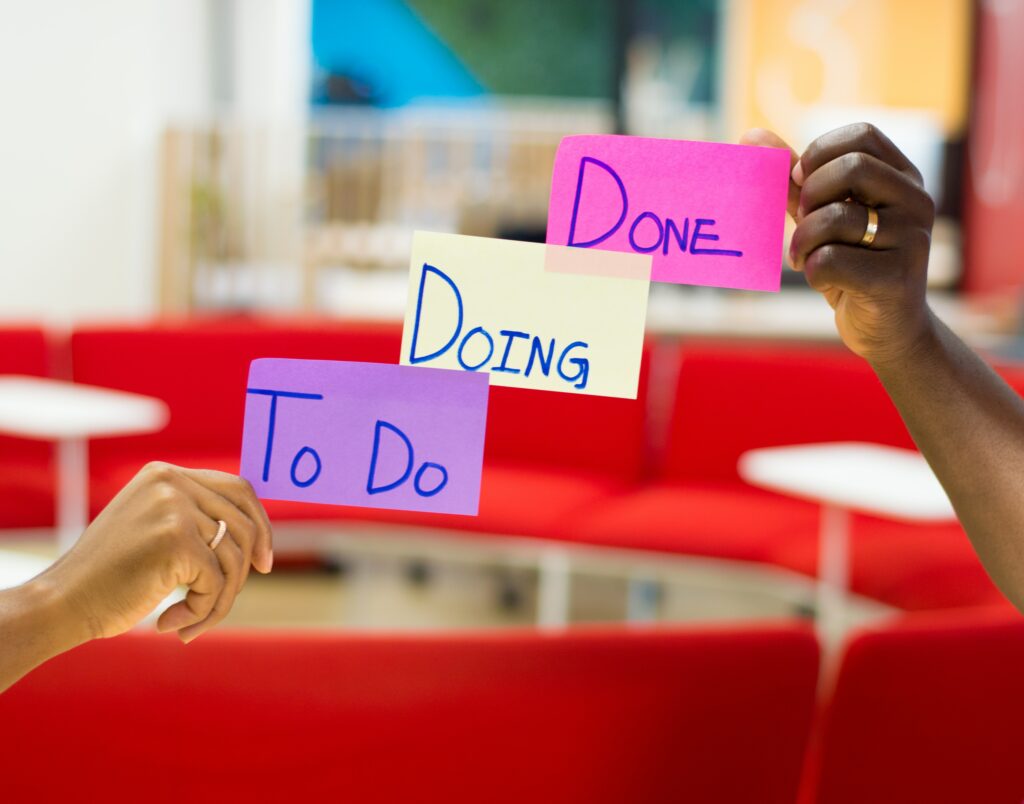
Great web design is crucial to the success of any online business, with 50% of customers saying they believe it’s crucial to a business’s overall brand.
Naturally, the biggest elephant in the room when it comes to great web design is typically the cost.
How can you create an awesome website that builds trust and converts without breaking the bank first?
Is it even possible to access great web design without paying agency fees?
In this article, we’ll show you how to avoid agency fees, keep costs down—and still design a great website for your online business.
What Are Your Web Design Options?
When it comes to building and designing your website, you’ve pretty much got 3 options. You can either:
- Work with a professional web designer
- Work with an agency
- Design your website yourself with a website builder or theme
Working with a Professional Web Designer
Working with a professional web designer will cost you a lot more money than doing everything yourself. Depending on who you hire and their level of expertise, you can expect to pay anything from around $500 to $10,000+.
This is, can be at least, a one-off fee, and it also means that you’ll be able to draw on someone’s experience when it comes to designing a quality final product that matches your brand and attract more customers.
Plus, your web designer will take care of everything for you, while you get to work on the core aspects of your business that matter. That said, you will need to communicate your vision to your designer (and vice-versa) so that you end up with a website you’re happy with.
The only real downside to working with a web designer is that it’s highly likely that they don’t double-up as a developer. In such a scenario, you will need to hire a developer, too.
Working with a Web Design Agency
Working with a web design agency is your most expensive web design option. However, because it’s also the best design option in terms of how your website will look and attract customers, it’s the one most online businesses would prefer to go with—if possible.
Because a web design agency is an agency and not just one individual web designer, you will likely get a whole team working on your website. This can bring many benefits, and you likely have the opportunity to purchase other services, like a content writer, a developer, an SEO pro, and so on.
Instead of getting just a website that’s nicely designed, you’re essentially getting the whole package.
That all said, there are drawbacks here, too. The biggest is that web design agencies are expensive and they may require more time to complete your website. Another disadvantage is that you might end up paying for a web design agency that just isn’t a good fit for you, and which doesn’t quite get your vision.
Moreover, it might be the case that you overpay for the “whole package,” when in reality you could have paid for each separate part—an SEO person, a content writer, etc for a smaller fee.
How To Access Affordable Web Design
As we’ve seen, web design agencies can bear fruit in terms of the look and feel of your website, and make sure your website is optimized for SEO—and fix any development faults.
However, because web design agencies are so expensive, many startups prefer to look for cheaper but still awesome alternatives.
If you are attracted to the idea of working with an agency that can deliver a deluxe package, you could look into startup finance options, such as revenue-based finance.
If, however, you want great but affordable web design and don’t want to pay agency fees, let’s take a closer look at your options.
Use a High-Quality Website Builder
Website builders like Wix come with a whole raft of tools and helpful resources so that even complete beginners can start using them straight away.
Using these tools, you can build a website from scratch that matches your brand, and one that works just as well on mobile devices as it does on desktops. How amazing your website turns out will come down to your own personal skill levels.
If you aren’t ready yet to build an entire website—there are landing page builders that focus on creating stand-alone landing webpages. These are ideal for businesses that sell one or only a few products.
Website builders’ basic plans often start out from just $14 a month. But it’s still a smart idea to also work alongside developers and SEO experts who can help you truly develop your website.
Additionally, for many website builders, you will need to purchase a separate web hosting plan. The cheapest options start out at around $2.49 per month. A hosting plan should come with things like automatic backups that keep your website running smoothly with as little downtime as possible.
That said, how much you pay for a web host depends on your needs. Bloggers can get away with a shared hosting plan (the cheapest option), but bigger business websites will benefit more from a managed hosting plan that’s faster, where prices can often start from about $20 a month.
Also, while website builders are fine for smaller websites, it’s probably a better idea to work with a freelancer if you’re planning to build a much bigger website that attracts high volumes of traffic.
Use Website Themes
Designing your website yourself with a theme is arguably the cheapest option. You can work with a content management system like WordPress, which is the most popular CMS in the world—and it has free themes available for you to use. It can, however, cost more money over the long-term if you want access to available add-on features.
The biggest drawback is that, unless you’re an expert designer yourself, there’s every chance your website won’t look as good as it could do once you’ve set your theme up.
Conclusion
Great web design doesn’t have to break the bank. Working with an agency can be super expensive, but there are ways to achieve a quality, high-converting website without paying for expensive agencies.
You can go down the DIY route and use an inexpensive website builder that gives you access to an array of templates and tools to get you started, or you can work alongside an expert freelancer who will help bring your ideas to life.
The post How to Access Great Web Design Without Paying Agency Fees? appeared first on noupe.















